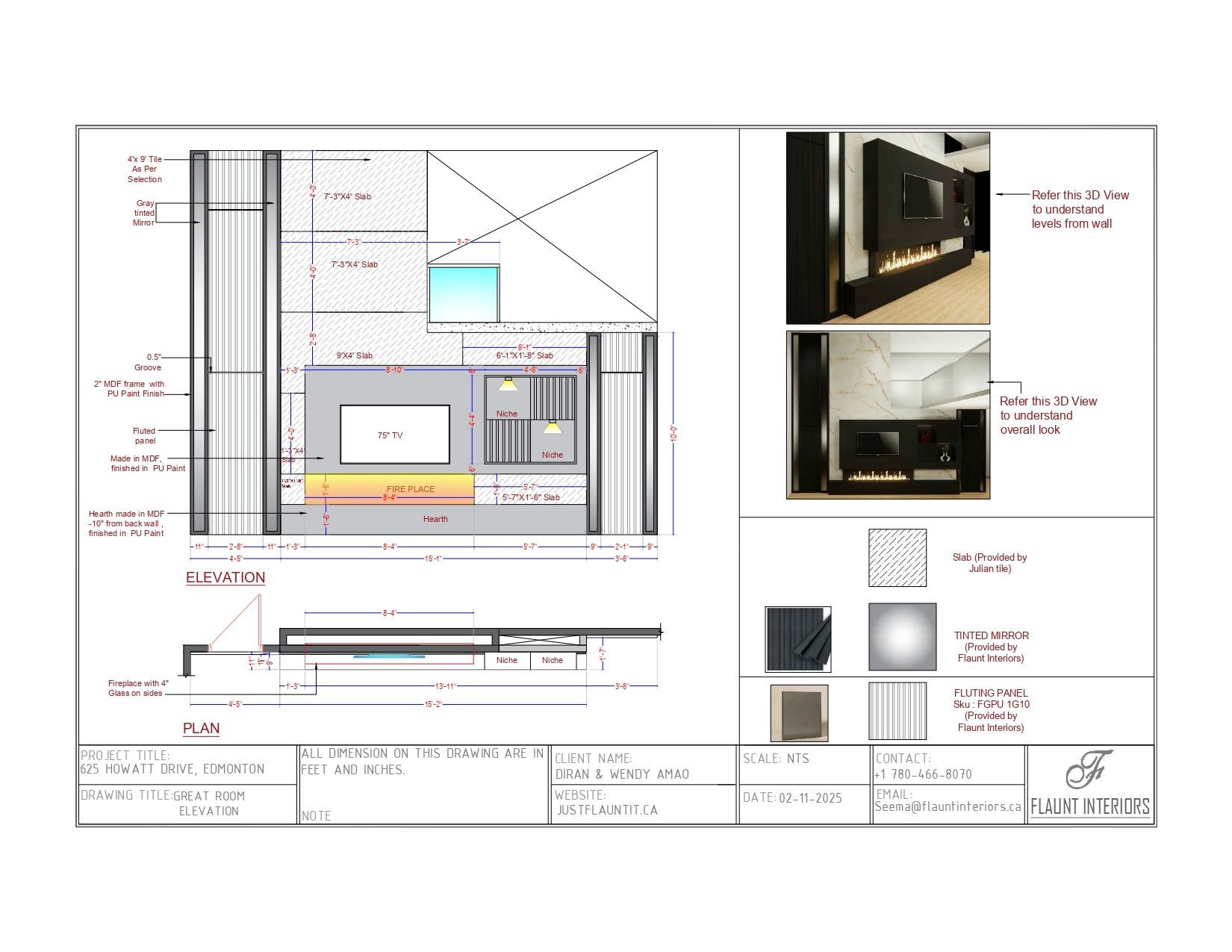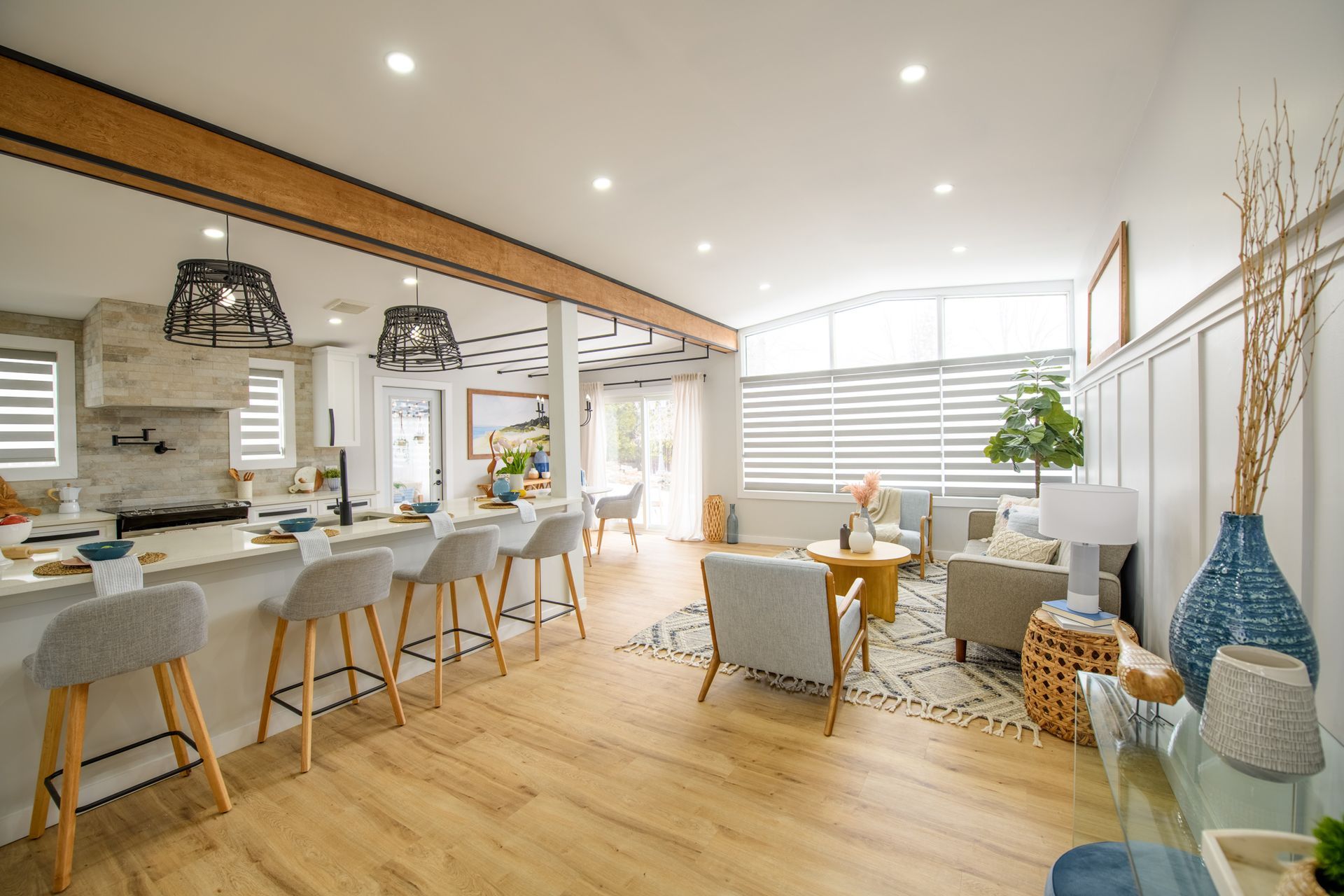Sustainability Through Consignment: Furnishing with a Conscience
In an age of fast furniture and mass production, more homeowners are seeking ways to furnish their spaces sustainably—and consignment is one of the most impactful solutions. Choosing secondhand furnishings helps reduce waste, conserve resources, and extend the life cycle of beautiful, well-crafted pieces. In this blog, we’ll explore the environmental benefits of consignment furniture and how your design choices can help create a more sustainable world.
1. The Environmental Cost of Fast Furniture
Fast furniture has become a major contributor to landfill waste:
- Over 12 million tons of furniture are thrown away in the U.S. each year. Many low-cost items are made with cheap materials that break easily and aren’t recyclable.
- Manufacturing and shipping create a large carbon footprint.
By contrast, buying and selling through consignment drastically reduces these environmental impacts.
2. Extending the Life of Quality Pieces
Consignment gives furniture a second (or third) life:
- Heirloom-quality pieces stay in circulation instead of ending up in landfills.
- Wood, leather, and solid metals age beautifully with proper care.
- Refurbishing or restyling vintage finds adds years of usability and renewed beauty.
Reusing quality furniture reduces the need for resource-intensive new production.
3. Reducing Demand for New Materials
Every secondhand purchase offsets the environmental costs of producing something new:
- No additional trees cut down for wood
- Less mining and processing for metal frames or hardware
- Fewer chemical processes involved in manufacturing synthetic materials.
Choosing consignment helps preserve natural resources and supports a circular economy.
4. Supporting Local Economies
Consignment studios are often locally owned small businesses:
- Shopping locally reduces shipping emissions
- Keeps money in your community
- Encourages regional makers and artisans.
It’s a win-win for the planet and for neighborhood economies.
5. A More Thoughtful Way to Consume
Consignment encourages a more intentional approach to decorating:
- Buyers slow down and choose meaningful, lasting pieces
- Sellers declutter responsibly instead of discarding
- Homes become curated reflections of individual taste, not fast trends.
This shift fosters a mindset of sustainability that extends beyond décor.
6. Less Packaging, Less Waste
Buying consignment typically involves minimal or no packaging:
- No layers of foam, cardboard, or plastic wrap
- Reduced waste compared to online deliveries or boxed furniture kits.
Less packaging means fewer materials headed to landfills.
7. Teaching Eco-Conscious Living by Example
Choosing consignment sends a strong message:
- Shows family, friends, and children that sustainability matters
- Inspires others to make environmentally conscious decisions.
Your home becomes a conversation starter and an example of mindful living.
Final Thoughts
Sustainability isn’t just about recycling—it’s about rethinking how we consume, decorate, and live. By choosing consignment furniture, you’re embracing a lifestyle that values preservation, creativity, and responsibility.
Your design choices can contribute to a more beautiful home and a healthier planet. Furnishing with a conscience through consignment is not only stylish—it’s a meaningful way to make a difference, one piece at a time.
Share This Blog










